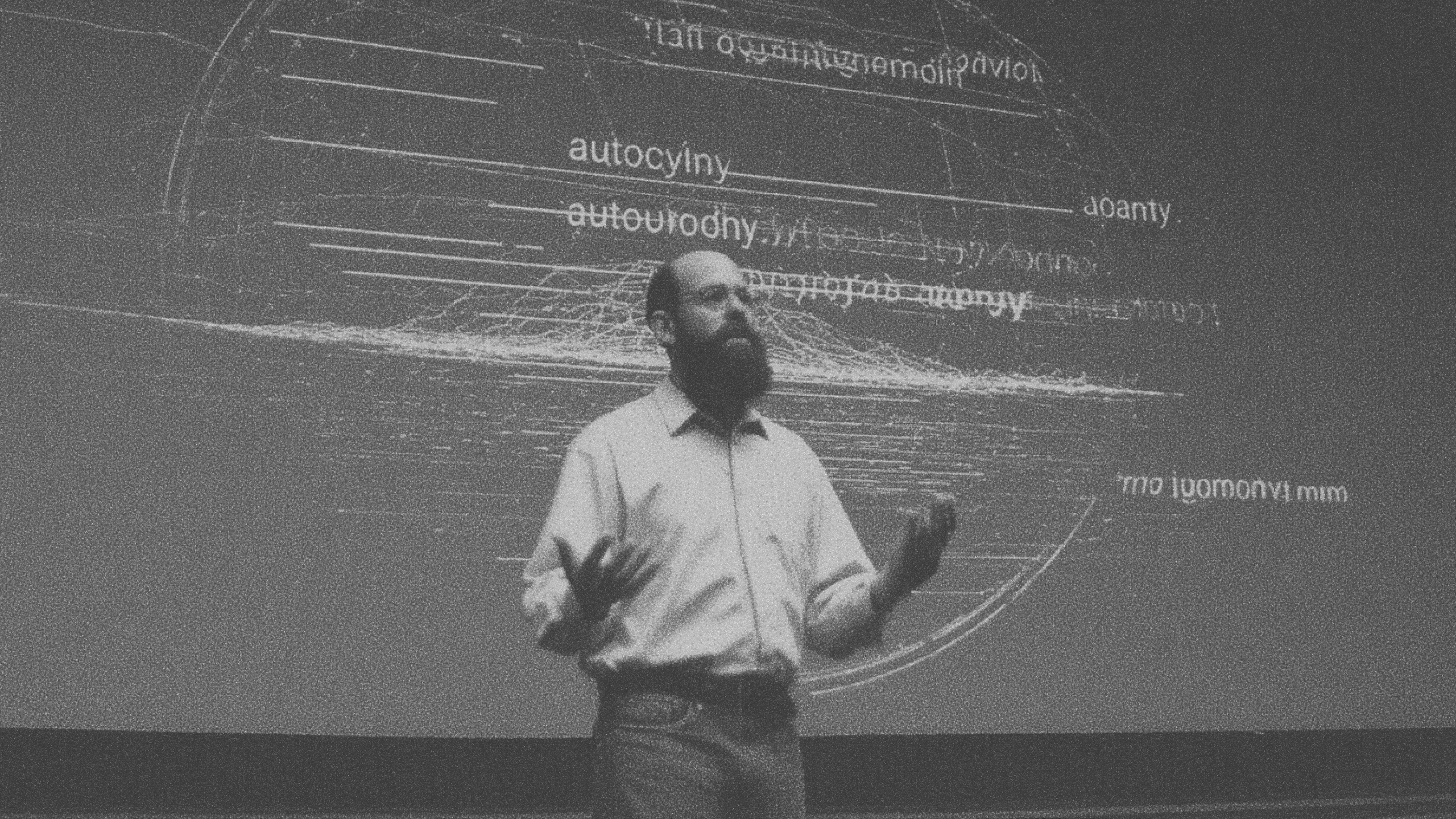Kasparov vs the World: A Collective Intelligence Experiment
%20(1)%20(1).png)
In 1999, something unprecedented happened in the world of chess. Garry Kasparov, the greatest chess player of all time, sat down to play a single game that would stretch across 4 months and 62 moves. His opponent was unlike anything he had faced before. It was a collective of 50,000 people from 75 countries, connected through the internet, deliberating on each move.
What unfolded during the game was one of the greatest experiments in collective intelligence that continues to resonate even today.
The Architecture of the Game
The structure of Kasparov vs. the World was deceptively simple.
The collective, known as the World Team, played as Black and had 24 hours to debate and vote on each move. Four young chess prodigies served as advisors, offering their analyses in public forums where anyone could participate. Thousands of amateur players, club champions, and curious observers weighed in, their discussions visible to all, including Kasparov himself.
Unlike a traditional consultation game where co-conspirators deliberate in private, the World Team's thinking was laid bare. Every variation, every strategic consideration, every disagreement amongst the group became public knowledge. Kasparov could peer directly into the collective mind opposing him, understanding not just what they would play, but why.
Yet despite this apparent disadvantage, the World Team produced moves of such depth and originality that Kasparov later called it "the greatest game in the history of chess."
So how did a largely amateur collective, broadcasting its thoughts to its opponent, nearly achieve a draw against the world champion?
The Hidden Advantage of the Collective
Kasparov's ability to monitor the World Team's discussions looks like an insurmountable advantage. In traditional chess, concealing your intentions is paramount. The psychological warfare of chess depends on uncertainty, on making your opponent guess your plans while you divine theirs.
Yet the World Team's transparency proved less crippling than expected.
When you understand why an opponent makes a move, you still must find a refutation. Kasparov's prodigious abilities had boundaries. Cognitive science tells us that working memory can hold only about seven distinct items at once. Time pressure introduces errors. Fatigue degrades performance. Emotional states influence judgment. While individual participants certainly experienced fatigue and time pressure, the group as a whole did not.
By articulating and debating their reasoning publicly, the World Team caught errors and refined ideas more effectively. They distributed the cognitive load across thousands of minds while pursuing multiple lines of analysis in parallel.
The Economics of Attention
One overlooked aspect of the match concerns resource allocation.
Kasparov, though possessed of immense skill, had to divide his attention across 62 moves, each requiring deep analysis.
The World Team, by contrast, could focus 50,000 person-days of attention on those same 62 moves. Its structure channeled attention efficiently. They had 24-hour periods focused on discussion, expert advisors highlighted key considerations, and voting forced participants to prioritize. Without such structure, 50,000 people might have produced cacophony rather than coherence.
In his book "The Wealth of Networks," legal scholar Yochai Benkler argues that peer production can sometimes outperform traditional hierarchical organization precisely because it can mobilize distributed attention and effort. Wikipedia, Linux, and open-source software generally demonstrate this principle.

Yochai Benkler giving a talk at Boalt Hall on 27 April 2006 on his book, The Wealth of Networks.
This has implications for how we design collaborative systems. Simply connecting people isn't enough. We must structure their attention, provide frameworks for productive debate, and create mechanisms for synthesizing differing insights. The architecture of platforms matters as much as the intelligence of participants.
The Bigger Question
Collective intelligence can become collective delusion when the structural conditions aren't right. We're already discovering the dark side of collective behavior online. Misinformation spreads rapidly. Echo chambers reinforce rather than challenge beliefs.
But the Kasparov match offers a template worth studying.
What made that collaboration productive?
It was transparency of reasoning, expert guidance without dictatorial control, time for deliberation, stakes high enough to motivate but not so high as to paralyze, and a clear objective to evaluate the proposals.
So the question isn't whether collectives can outperform individuals. They demonstrably can, given the right circumstances. The question is how to create those circumstances more reliably to extract the wisdom of crowds, and not the madness of masses.
Intelligence is not only a property that one possesses, but also something that emerges from the right kind of interaction between individuals.
CrunchDAO is working with 10,000+ data scientists across 100+ countries, to tackle some of the most difficult prediction problems collectively. Through organized data challenges called "Crunches," it channels distributed expertise toward real-world forecasting in finance, biomedical research, and beyond.
The platform serves as a secure intermediary, connecting the distributed talent network with leading institutions seeking breakthrough performance. It leverages collective intelligence to crowdsource machine learning models from thousands of specialists globally, creating a decentralized prediction network that enables researchers to monetize their expertise.
Join a Crunch to make your contribution!

